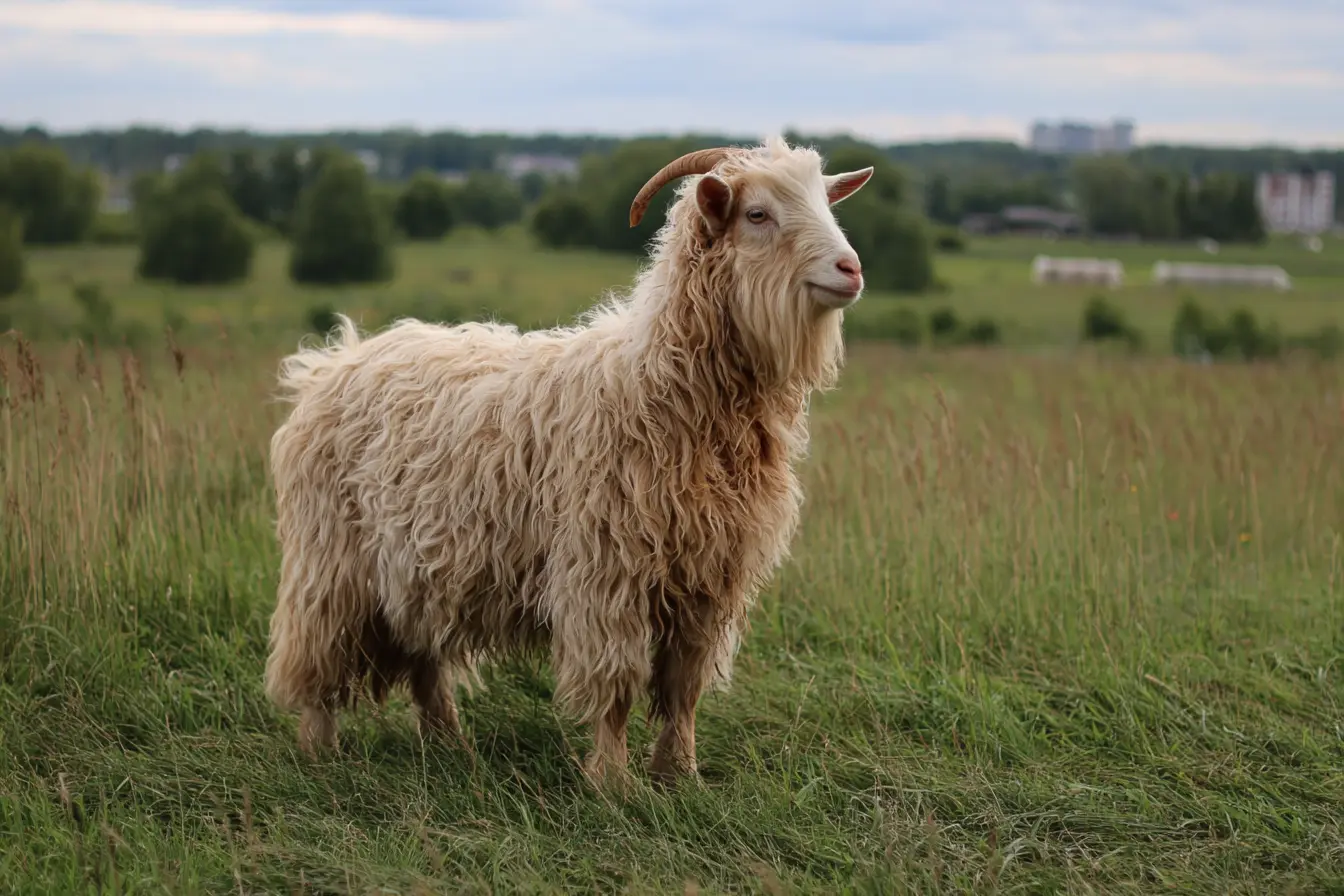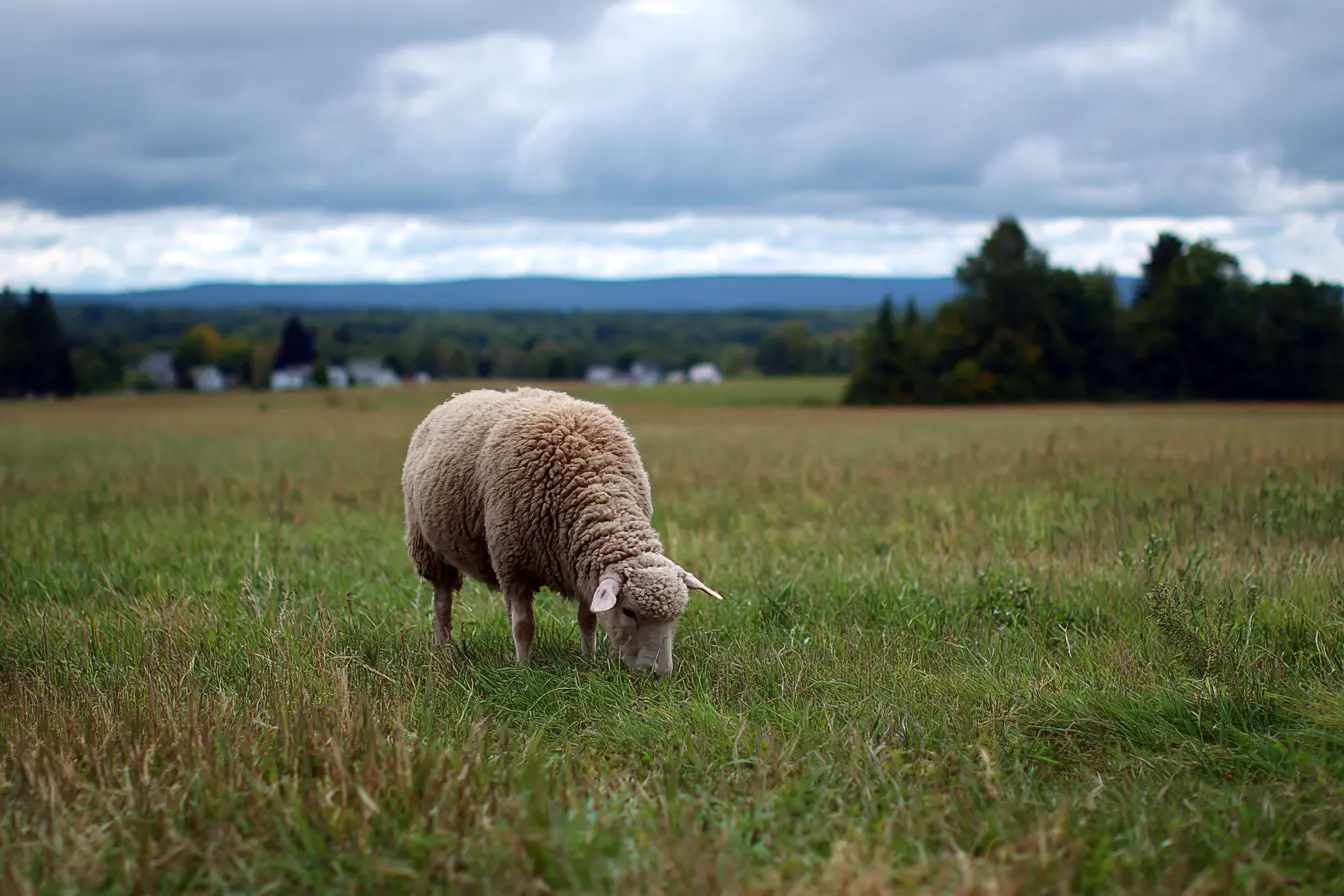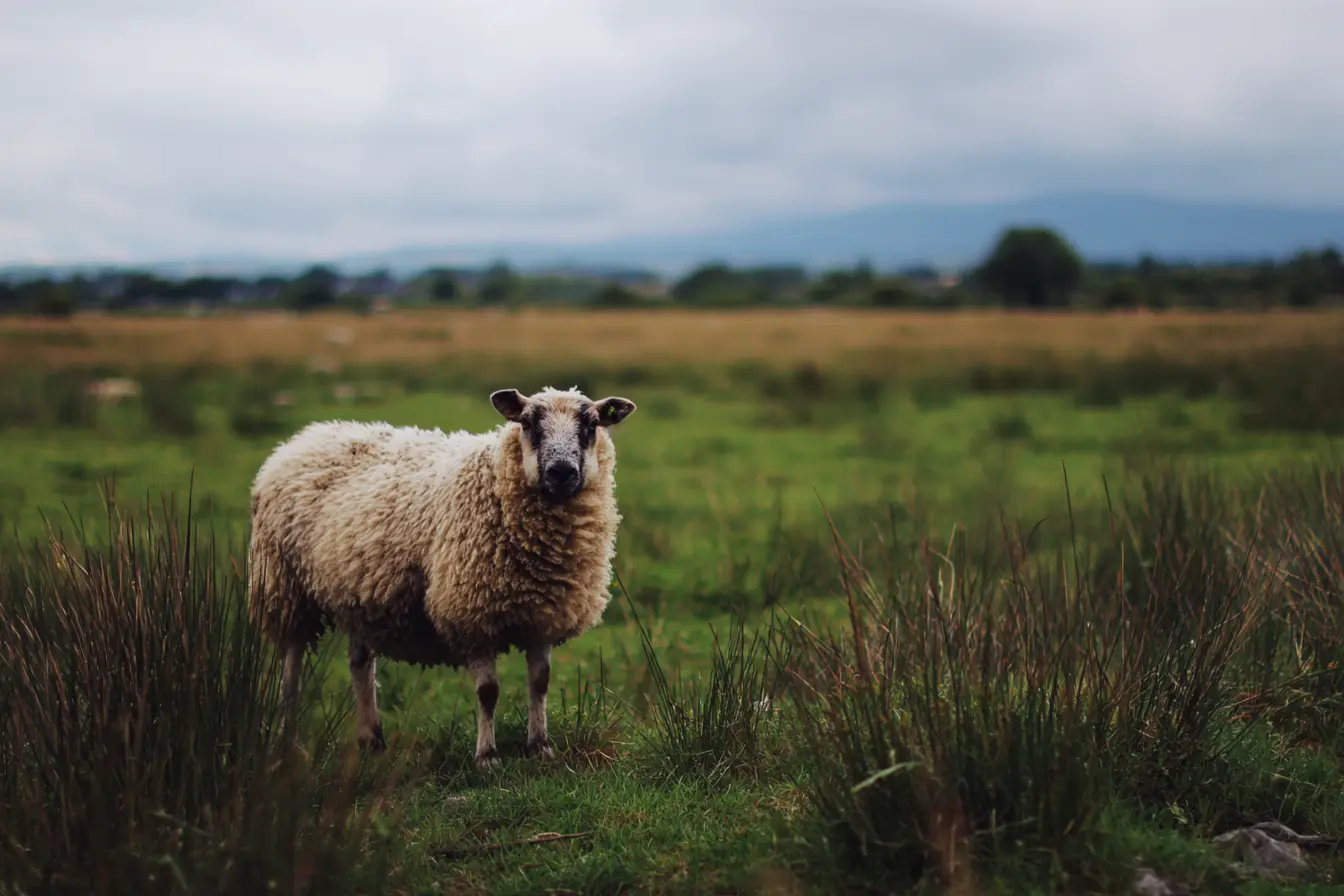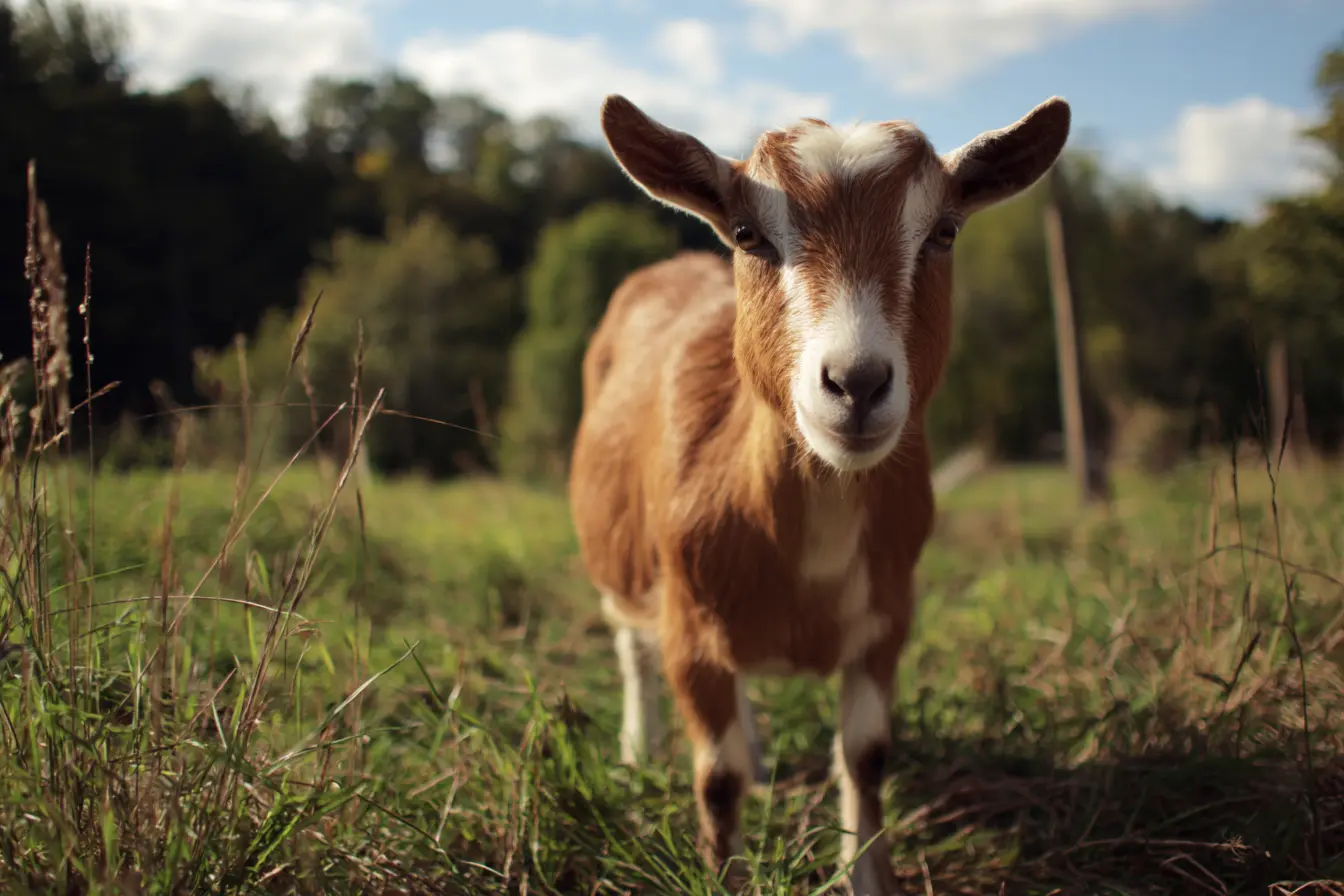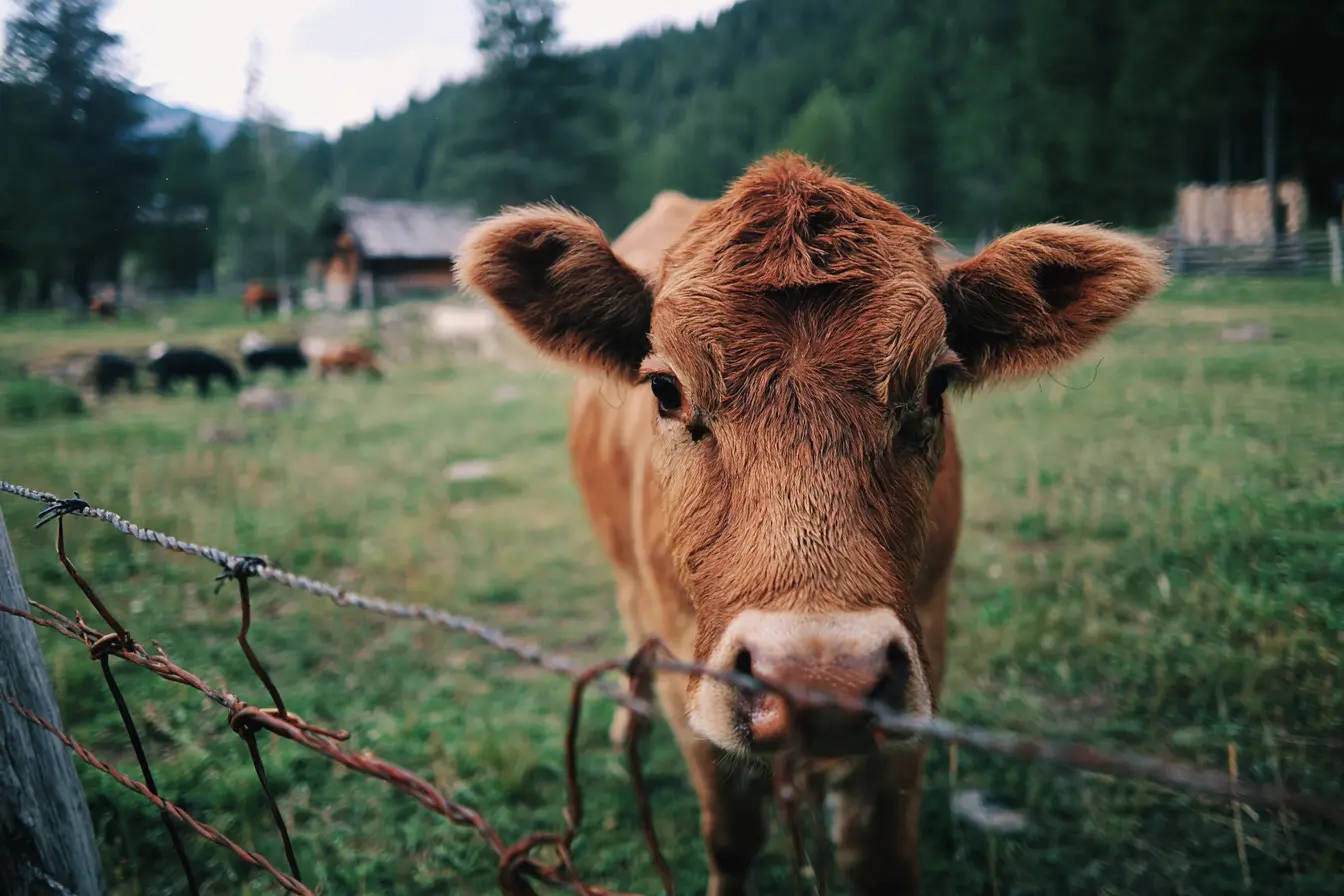
A Complete Guide to Flystrike in Cattle
Flystrike, also known as myiasis, is a painful and potentially fatal condition caused by blowfly larvae (maggots) feeding on the living tissue of cattle. Although more commonly associated with sheep, flystrike can also affect cattle, particularly during the warm summer months when fly populations are high.
Flystrike can develop very quickly and cause serious welfare problems and economic losses if not detected early. This guide explains everything you need to know about flystrike in cattle including causes, risk factors, signs, diagnosis, treatment, prevention, and its impact on animal welfare and farm productivity.
What is Flystrike?
Flystrike occurs when blowflies (most commonly Lucilia sericata — greenbottle fly) lay eggs on the skin or coat of cattle.
- The eggs hatch into larvae (maggots) within 12–24 hours.
- The larvae initially feed on skin debris, then invade living tissue.
- This causes painful wounds, rapid tissue damage, and systemic infection (toxaemia).
- Untreated animals can die within a few days.
While less common in cattle than in sheep, flystrike is a serious risk during the fly season (late spring to early autumn) and is an important welfare concern.
Causes and Risk Factors
Several factors increase the risk of flystrike in cattle:
- Warm, humid weather: Encourages fly breeding and activity.
- Skin wounds: Flies are attracted to cuts, abrasions, or areas affected by ringworm or warts.
- Soiled or damp areas: Faecal or urine contamination on the tail, hindquarters, or belly attracts flies.
- Long hair or dense coats: Particularly in older cattle or certain breeds.
- Existing skin infections: Dermatitis or mange can create inflamed, moist areas attractive to flies.
- High local fly populations: Farms near dung heaps, watercourses, or untreated carcasses have higher fly burdens.
Young calves are especially vulnerable if they have navel wounds or scour (diarrhoea) causing soiling.
Signs and Symptoms of Flystrike
Flystrike can develop quickly, so daily checks during fly season are essential.
Early signs include:
- Irritation and restlessness. Cattle may swish tails, stamp feet, or kick at themselves.
- Constant licking or biting at a particular area.
- Rubbing against objects or other animals.
- Discoloured, moist patches of hair or coat.
- Foul-smelling discharge from the affected area.
Advanced cases may show:
- Visible maggots on the skin.
- Large raw or ulcerated wounds.
- Depression, lethargy, and reluctance to move.
- Loss of appetite and weight loss.
- Collapse and death due to toxaemia if untreated.
Common Sites Affected
- Around the tail and perineum (especially in diarrhoeic calves).
- Along the backline, flanks, or shoulders in long-coated cattle.
- Around open wounds (dehorning sites, castration wounds, or cuts).
- Around the navel in young calves.
Diagnosis
Diagnosis is usually based on visual inspection and clinical signs.
- Part the hair to check for maggots, moisture, or discoloured skin.
- Assess the extent and depth of the lesion.
- Veterinary examination may be needed for severe or deep cases to check for toxaemia or secondary infections.
Treatment
Immediate treatment is essential to prevent suffering and death:
- Shear or clip the hair around the affected area to expose the wound.
- Manually remove all maggots using forceps or by flushing with warm water or antiseptic solution.
- Disinfect and clean the wound thoroughly.
- Apply an insecticidal dressing to kill any remaining larvae and protect against reinfestation.
- Provide pain relief (NSAIDs) to improve welfare.
- Give antibiotics if the wound is deep, infected, or if toxaemia is suspected (under veterinary guidance).
- Isolate the affected animal to reduce stress and prevent further contamination.
Animals should be monitored daily until fully healed.
Severely affected cattle may require euthanasia on welfare grounds if treatment is unlikely to succeed.
Prevention
Prevention is much more effective than treatment and should focus on reducing fly exposure and keeping cattle clean and healthy.
Fly Control
- Use insecticidal ear tags, pour-ons, sprays, or backliners to reduce fly numbers.
- Rotate insecticide classes annually to avoid resistance.
- Start treatments early in the fly season and reapply as directed.
- Use fly traps, sticky tapes, and fans in housing to deter flies.
Hygiene and Environment
- Keep housing, yards, and calf pens clean and dry.
- Remove manure, soiled bedding, and feed waste regularly.
- Dispose of carcasses promptly to reduce fly breeding sites.
- Avoid overstocking to reduce heat stress and fly attraction.
Animal Care
- Monitor cattle daily during fly season, especially long-coated breeds and young calves.
- Clip long hair on susceptible areas if needed.
- Treat wounds promptly and keep them clean and protected.
- Maintain good parasite control to prevent scour and soiling in calves.
Economic and Welfare Impact
- Welfare: Flystrike causes severe pain, tissue damage, and distress. It is considered one of the most serious welfare issues during the summer months.
- Economic: Costs include treatment, veterinary care, lost weight gain or milk yield, hide damage, and deaths in severe cases.
- Prevention vs cost: Preventive fly control is far more cost-effective than managing flystrike outbreaks.
When to Seek Veterinary Help
Contact a vet immediately if:
- Maggot infestations are extensive or deep.
- The animal is lethargic, off food, or showing signs of toxaemia.
- There is evidence of secondary infection or sepsis.
- Multiple cattle are affected and flystrike is spreading through the herd.
Conclusion
Flystrike in cattle is a painful, fast-developing condition that poses a serious welfare and economic threat, especially during warm, humid weather. It is most often seen in soiled, wounded, or long-haired areas and can rapidly lead to severe tissue damage and death.
Early detection, prompt treatment, and effective fly control strategies are essential to protect your herd. By combining good hygiene, proactive fly management, daily monitoring, and rapid intervention, farmers can significantly reduce the risk of flystrike and safeguard both cattle welfare and farm productivity.
Vets near you
Speciality vets
- Aquatics vet specialists
- Birds vet specialists
- Camelids vet specialists
- Cats vet specialists
- Cattle vet specialists
- Deer vet specialists
- Dogs vet specialists
- Equines vet specialists
- Exotic vet specialists
- Goats vet specialists
- Pigs vet specialists
- Poultry vet specialists
- Sheep vet specialists
- Small Mammals vet specialists
- Wild vet specialists
